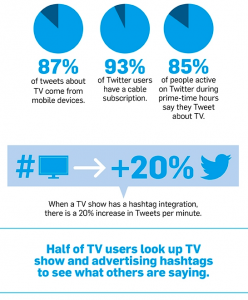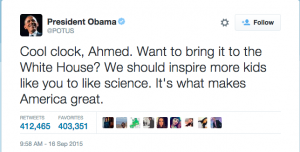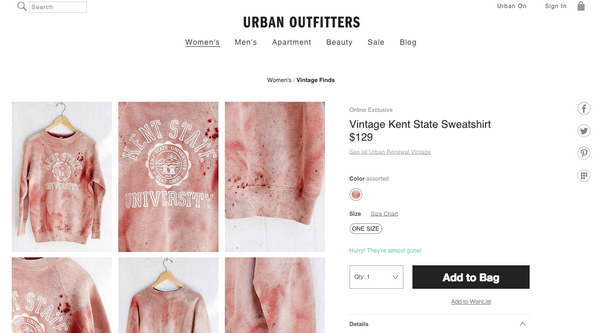By BRITTANY CHANDANI
Fast food chains claim to be actively improving the quality of food through their suppliers. While some are actually progressing, many well known and loved restaurant chains scored low ratings in a new report on the use of antibiotics in meat and poultry supplies. Some of these chains are found on campus.
Friends of Earth’s new report on the largest 25 fast food chains’ use of antibiotics, called “Chain Reaction,” attributes grades based on a restaurant’s antibiotic use policies and its application to which types of meat, the implementation and transparency of these policies to the public, and the actual amount of meat produced without antibiotics.
The two chains that received A grades were Chipotle and Panera Bread. These restaurants serve a majority of their meat without regular antibiotic use and have been doing so for a while, hoping to establish a precedent for other restaurant chains.
Chick-fil-A received a grade of B, while Dunkin’ Donuts and McDonald’s received Cs.
Subway, Wendy’s, Burger King, Denny’s, Domino’s and Starbucks all received Fs, earning one out of 36 possible points established in the report.
Olive Garden, Papa John’s, Taco Bell, Pizza Hut, KFC, Applebee’s Sonic, Chili’s, Dairy Queen, and IHOP received F’s with no points at all, among other fast food restaurants.
The report brings the question to light: what have these low-scoring restaurants actually done to improve meat quality compared to their claims of progress?
Papa Johns’ slogan, “Better Ingredients, Better Pizza,” seems false since their low grade was released. However, the company claims to eliminate artificial ingredients and additives and offer antibiotic-free chicken on their pizza by the first half of 2016.
Dunkin’ Donuts has a policy to improve meat quality, but no timeline for implementation, while Panera and Chipotle publicly affirm their meat standards without antibiotics.
The public holds a strong voice, being the sole consumers of these products. Since all of those restaurants hold Twitter and Facebook accounts in order to connect more with its customers, consumers have power to end harmful additives in our foods and raise awareness for our collective health.
By posting messages which not only contact the company, but can be seen by other social media users, ending the use of antibiotics starts with a direct approach towards these restaurant chains. Journalists can also use social media to attain commentary from the restaurants for their articles.




![HeforShe event sponsored by UN Women with Goodwill ambasador Emma Watson New York, USA -20/09/2014/SIPA_SIPA837.01/Credit:UN Photo/SIPA/SIPA/1409230856 (Newscom TagID: sfphotos325055.jpg) [Photo via Newscom]](http://students.com.miami.edu/reporting/wp-content/uploads/2015/03/most_influential_young_women_2014_emma_watson-300x156.jpg)
